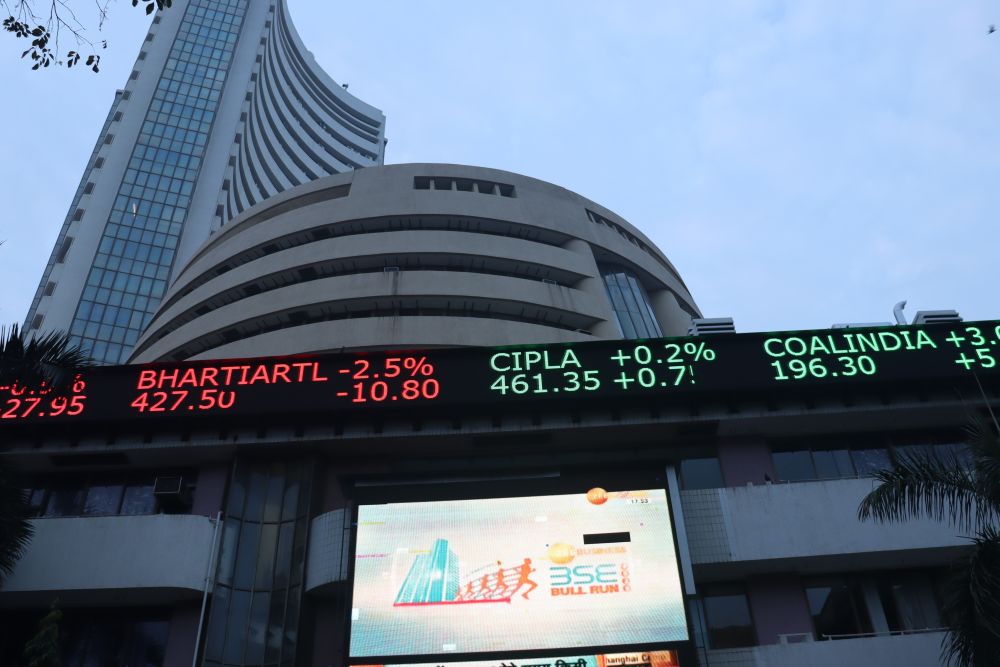SINGAPORE – Asia is unlikely to move forward with a single currency like the European Union's, but working toward deepening debt markets will further integrate the region, says a senior official at the Asian Development Bank (ADB).
“Asean won’t be like the European market with a single currency. But harmonizing rules and integrating local currency bond markets can help address currency mismatch and create a new channel of capital flow,” Noritaka Akamatsu, senior advisor, financial cooperation and integration, economic research and regional cooperation department at ADB, tells delegates at the The Asset 12th Asian Bond Markets Summit in Singapore.
For this to happen, the member countries of the Asean+3 (Association of Southeast Asian Nations and China, Japan, and Korea—collectively known as Asean+3) should move toward integrating and harmonizing rules of the region’s US$11 trillion bond market.
The Asean+3 issued a new roadmap for the bond markets last year that ensures member countries are aware of the need to finance their development requirements. This may involve the issuance of thematic bonds that include municipal, green, covered bonds for housing and SME credit securitization, he says.
Last week Asean issued its green bond standards, which are aligned with that of the International Capital market Association (ICMA). “Asean+3 aims to make it clear that countries so far have had different standards, making targeting of financing very difficult,” says Akamatsu.
China and India currently have their own standards of defining green. China, which accounts for two-thirds of the Asean+3 bond market, is the lead issuer for green bonds in the world. “But green in China may not be the same as the green of the rest of the world,” he adds.
“Standards need to be harmonized to achieve a common goal,” Akamatsu says.
He also called on markets to explore debt markets as a way to address affordable housing. “They need to figure out how to make it a high-quality liquid asset,” says Akamatsu.
He adds that there is a need for shared investment in infrastructure in the region that requires at least US$26 trillion through 2030 to sustain the region’s development. Asean alone requires US$60 billion a year.
Currently, frontier markets including Cambodia, Laos, Myanmar and Vietnam should work on creating their bond markets. Developing markets could move to further integrate the sector, he adds. Market development and integration are the pillars of ADB’s goals for the Asian bond markets.
The ADB is working closely with the Asean+3 to develop local currency bond markets and facilitate regional bond market integration under the Asian Bond Markets Initiative that aims to strengthen the resilience of the region’s financial systems.
The Asian financial crisis 20 years ago has paved the way for a more resilient Asia. For years now, the region has been the world’s economic growth engine on the back of China’s burgeoning economy and steady growth in India and Southeast Asia.
Asia is also on its way to becoming a global wealth centre with an expanding high-net-worth individual segment and the emergence of its middle class. Its bond markets are now among the world’s largest.









